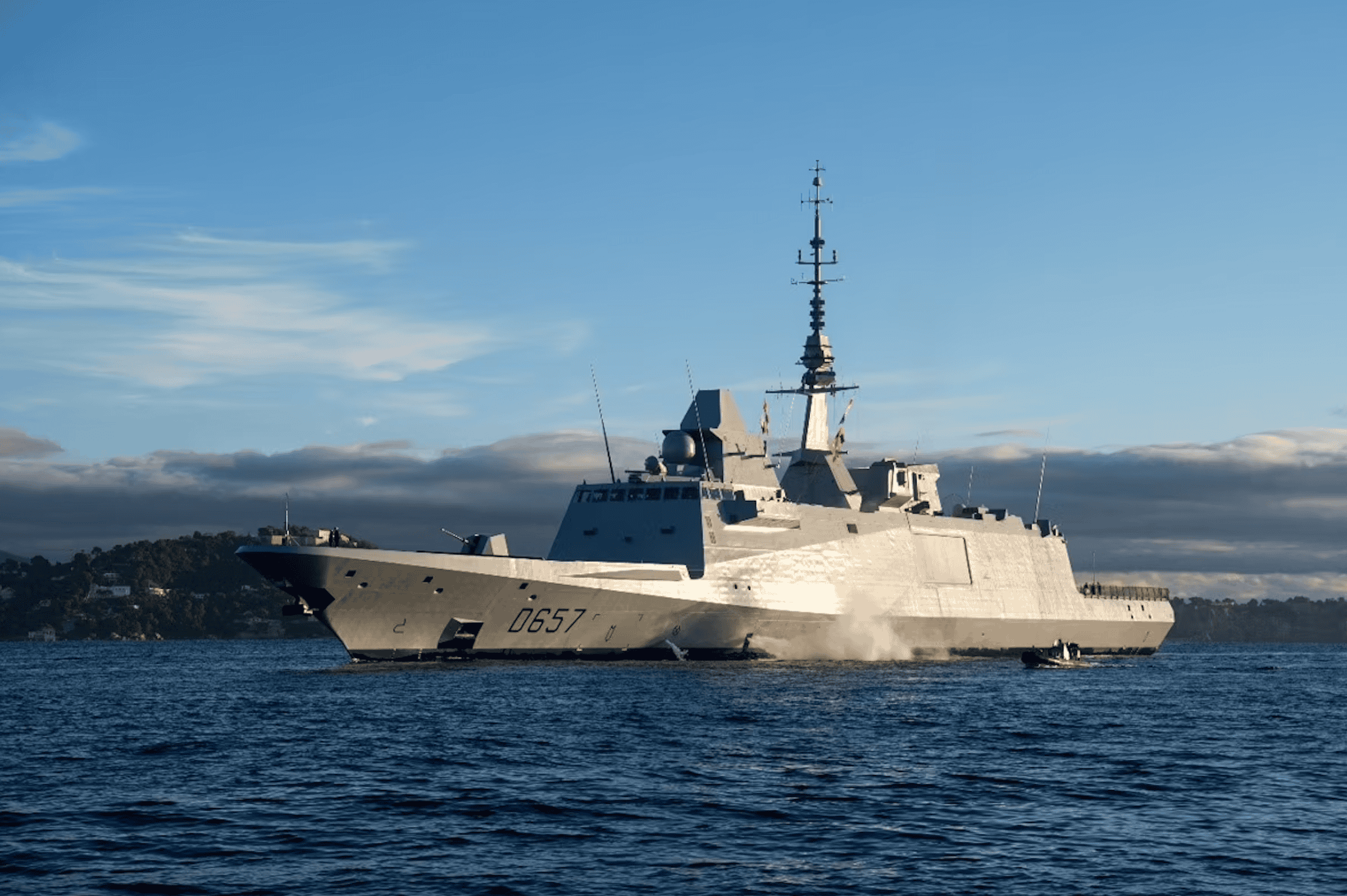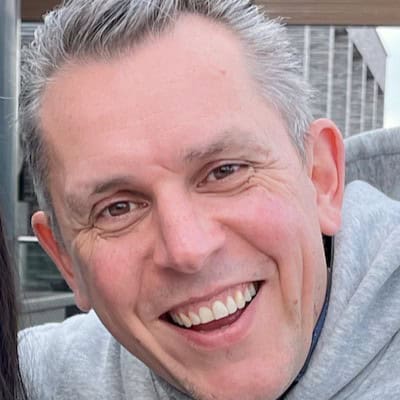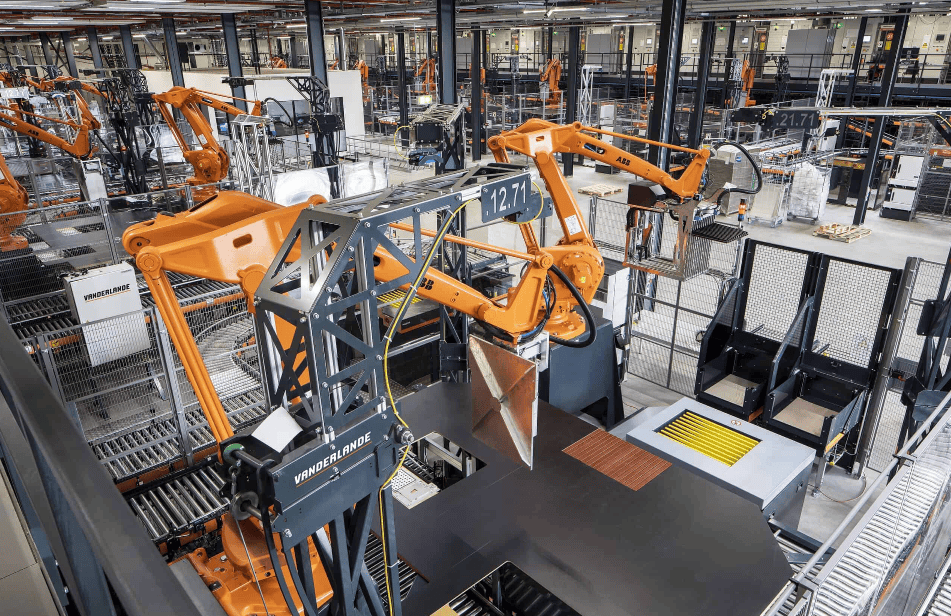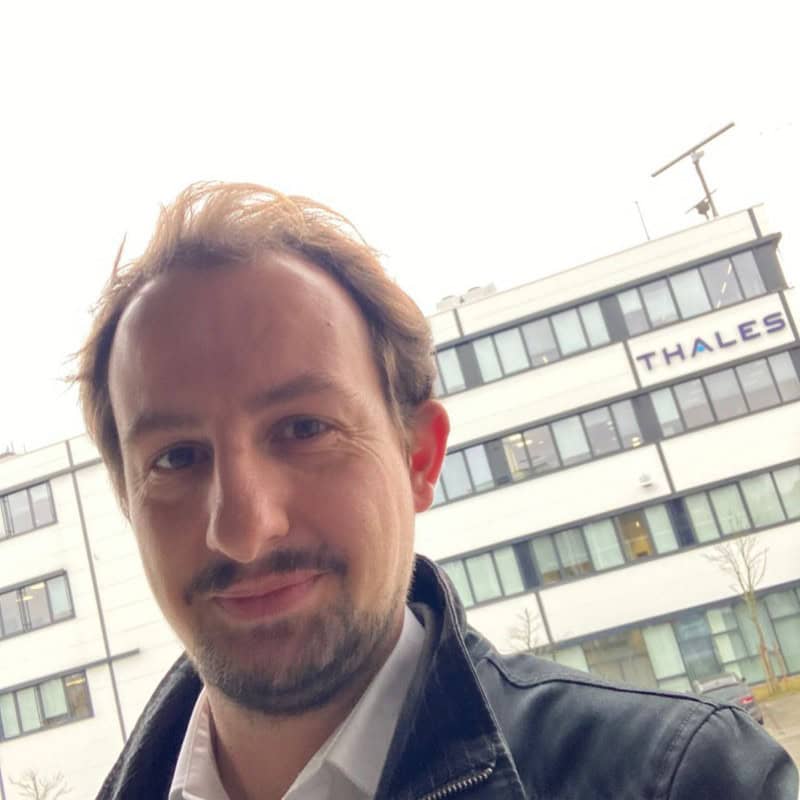
Our societal challenges are too complex to solve in a mono-disciplinary way. Even more so within the high-tech manufacturing industry. Systems Engineering brings disciplines together and provides much-needed coordination. In a series of interviews with experts from industry and research, we create a picture of the current state of the sector and the wishes for the coming years. The guiding principle in this series is the NXTGEN Hightech track, which aims to increase the number of systems engineers and system architects for the high-tech manufacturing industry in the Netherlands. This effort should also further raise the overall level.
Anyone interested in learning more about the importance of systems engineering in the high-tech manufacturing industry would do well to check out the companies where this way of working already plays a defining role. Vanderlande, Thales Netherlands, and Prodrive certainly belong to that list: they have systems engineering firmly embedded in their organizations to guarantee the precision, efficiency, and reliability of their processes and products. Bruno van Wijngaarden (Vanderlande), Casper Voogt (Thales Netherlands), and Milan van den Muyzenberg (Prodrive) explain how they have organized this and what challenges are involved.
Part or whole
Casper Voogt wanted to become an aircraft designer from a young age. He even went on to study aerospace engineering for it. “But at some point, I discovered that aircraft design means just developing a small particle of a system. No one is designing the whole aircraft; that’s not how the world works. That realization was crucial to establishing that my interests are broader.” Voogt uses the anecdote to show that system architects must realize they cannot be responsible for every detail, no matter how much they want to be.
“A good system architect no longer starts working on solutions immediately from knowledge and expertise but much more from the question of what is needed to take the necessary steps,” he explains. “What do I expect from my subteams, and what frameworks will I give them? Providing frameworks is much more important than offering solutions right away.”
Challenges

Bruno van Wijngaarden adds that subteams must start conforming to those frameworks within their roles and functions. “Can they do that? And if so, do they want to? There are also always people who don’t want that because they feel you are depriving them of a piece of creativity they used to have.”
The reality is that a new kind of creativity is emerging, but one that requires you to transcend the boundaries of your “own” domain. In doing so, just keeping an overview is a huge challenge, Van Wijngaarden says. “In the past, a system architect could oversee everything himself, but today, that is almost impossible because of the complexity.”
The personal interpretation of individual colleagues also often plays a role in this. A tool for such challenges is Model-Based Systems Engineering (MBSE). “This way of working allows us to make personal mental models explicit and harmonize them,” Van Wijngaarden explains. “This makes the process scalable and allows for more efficient information transfer.”

Milan van den Muyzenberg sees further benefits: “With Model-Based Systems Engineering, we can model functionalities and system behavior, which helps to identify problems early and optimize solutions.” However, this model-based work is not blissful either, he says immediately. “We really do see projects where it gets completely out of hand and many hours are spent on models. And still doesn’t produce the results you would then expect from it.”
Either way, a logical structure is essential to keep an overview of complex projects. Van Wijngaarden: “At our company, system architects work closely with disciplines such as mechanics, electronics, and software to ensure an integrated approach.”

Customer relations
That complexity is also evident in customer relationships. Voogt: “We work with customers with very detailed and sometimes rigid requirements, for example for a particular radar system on a ship. This can lead to a rigid approach to systems engineering. We use modeling and the Arcadia method to remain flexible and meet customer requirements.” It starts as early as the bid work, he adds. “In that, systems engineers convert customer requirements into a specification of system requirements. Then, the system architects develop multiple proposals for the architecture. This ensures that from the beginning, we have a clear picture of what the customer expects.”
A similar process can be seen at Prodrive. Van den Muyzenberg says, “Our system architects act as the interface between the client and the project team. They play a crucial role in translating customer requirements into technical specifications and can manage expectations to both sides.”
Understanding what the customer wants is a challenge every time, Van Wijngaarden adds. “Our customers have many different requirements and wishes. Getting to the bottom of the underlying customer needs is always challenging. And then once you’ve fathomed them, it’s up to our system architects to translate them into system requirements and models.”

The same applies to Thales, which specializes in systems for the Navy. Voogt: “Our customers also have functional requirements. They say, for example, that a ship must be able to detect a drone at a certain distance. You then go with that. If we must detect a drone at that distance, we need a radar system with at least these capabilities. Then, you determine the design choices, not based on a predetermined outcome, but in a way that answers to the ultimately desired functionality. That process requires a lot of interaction between the customer and our engineers. With our systems engineers at the heart of these processes.”
Common language
All three regularly run into the need for a better interpretation of international standards in those processes. “There is an urgent need for a common language within systems engineering,” Voogt emphasizes. “This would significantly improve cooperation between different companies and sectors. Also across borders.”
Van Wijngaarden agrees: “Consistent use of standards for requirements management and model-based systems behavior modeling would be a big step forward.” Or, as Voogt aptly summarizes, “Systems engineering is the bridge between what the customer wants and what we can deliver, and its importance will only increase as our systems become more complex.”

